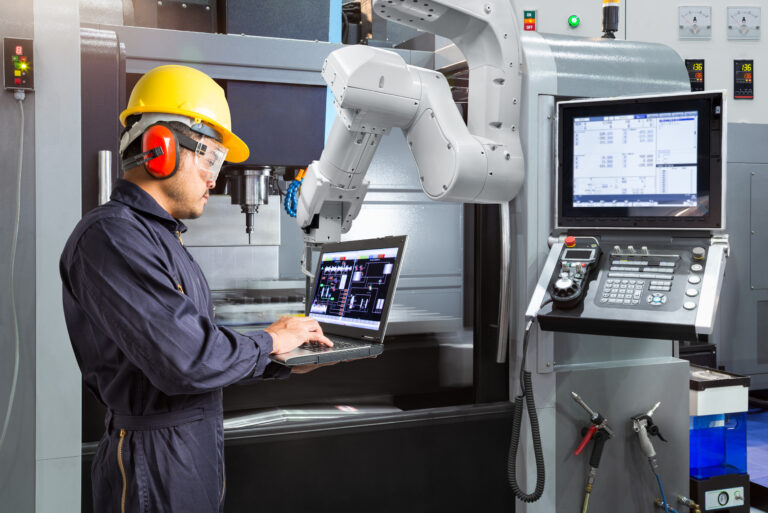If you’ve ever had the fleeting thought that robots in factories, homes, and even amusement parks will suddenly go berserk and attack or take over the world, you’re not alone. Movies, television, and literature are full of humanoid and mobile robotic machines that eventually turn on the people they’re supposed to be helping. From science fiction writer Isaac Asimov’s three laws of robotics to the very real implications of AI and machine learning technology, there has always been an undercurrent of mistrust when it comes to robotics.
But more pragmatically, most concerns are about job security. Robotics in manufacturing and industry will likely make the workplace more productive, which may eventually lead to new jobs to manage those higher levels of productivity. But that’s the hypothetical future, which doesn’t do much to reassure the manual laborers of today’s factories.
In our last blog, we addressed some additional ways robots have developed a bad reputation. In this blog, we’ll discuss robots and job security.
Technology Changes, Work Changes

Robots are fast and well-suited to repetitive tasks. In other words, why pay an employee to stack boxes or drive rivets when a machine can do it just as well or better? Employers and employees may have different perspectives on this, especially considering lower paying jobs are more likely to be eliminated. That means some workers may be affected more than others and will have a harder time finding replacement work.
In our experience, some jobs will be eliminated, but more often, the nature of manufacturing work will change.
Robots perform best in structured and predictable environments, whereas humans are better at adapting to fast changing settings. While a machine arm may pick items from shelves efficiently, a human may be better at quickly figuring out how to pack and wrap them for shipping since the combination of items changes with each batch. In this way, collaboration is not only possible but makes both human and machine more effective by building on their relative strengths.
In other cases, jobs are created in completely different settings. For example, instead of working in a warehouse or manufacturing floor, more employees will be needed for programming, managing technology, robotic integration, and engineering. These tend to require advanced training or reskilling on the job.
Have We Been Here Before?
Looking back through history, it’s worth noting that the addition of robots and automation to factories is just another example of technology progressing and forcing a shift in how work is performed. As this article notes, past examples include the printing press, the first industrial revolution, pneumatic hand tools, and software for spreadsheets and word processing. Each of these has changed the nature of manual work and the number of people required to do a particular job. For example, one worker with a pneumatic nailer can install a course of shingles faster than several workers with hammers. As in the past, humans will eventually make the shift and discover new types of jobs, and workers will have different tasks.
While this bigger picture makes sense and while the industry will most likely find a way to accommodate the need for human employment in the future, right now we’re in the transition period and people caught in the middle are the ones who may not have a clear path through it.
The world of robots and automation is always changing, and as a result, manufacturing work will too. Whether you’ve taken the automation plunge already or are still learning about it, Force Design can help you create a system as unique as your needs. Please contact us!



